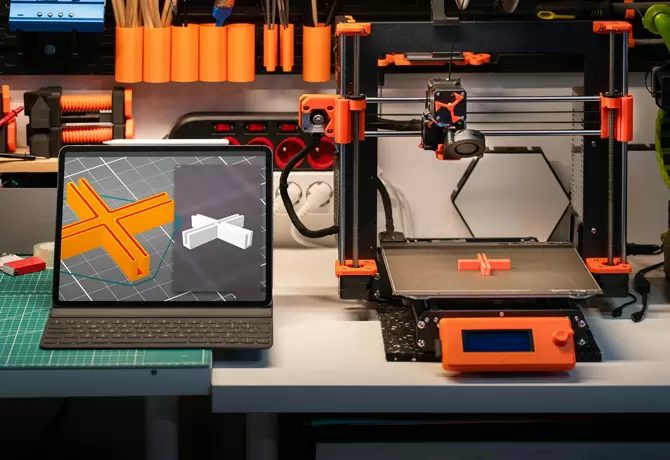
In recent years, 3D printing has gained significant popularity across various industries. One commonly used filament in 3D printing is PETG (Polyethylene Terephthalate Glycol-Modified). However, concerns about the safety of PETG printing have arisen. In this article, we will delve into the topic and explore the safety aspects of using PETG filament for 3D printing.
- Understanding PETG Filament:
PETG is a thermoplastic copolyester that combines the desirable properties of both PET and glycol-modified PET. It is known for its durability, flexibility, and transparency, making it a popular choice for a wide range of applications. PETG filament is widely used in industries such as aerospace, automotive, healthcare, and consumer goods. - Safety of PETG Filament:
a. Chemical Composition: PETG is considered safe for 3D printing due to its chemical composition. It is free from harmful substances such as BPA (Bisphenol A) and phthalates, which are commonly found in some other plastics. This makes PETG a suitable choice for printing objects that come into contact with food or beverages.
b. Low Emissions: PETG filament emits minimal volatile organic compounds (VOCs) during the printing process compared to other filaments like ABS (Acrylonitrile Butadiene Styrene). This low emission profile reduces the risk of indoor air pollution and makes PETG a safer option for enclosed or poorly ventilated spaces.
c. Biocompatibility: PETG is biocompatible, meaning it is compatible with living tissues and can be used in medical and healthcare applications. It is often used to create prosthetics, medical devices, and surgical models due to its non-toxic nature and resistance to sterilization methods.
- Benefits of PETG Filament:
a. Strength and Durability: PETG offers excellent mechanical properties, including high impact resistance and tensile strength. It is more flexible and less brittle than materials like PLA (Polylactic Acid) or ABS, making it less prone to cracking or breaking. This makes PETG ideal for functional prototypes, mechanical parts, and objects that require strength and durability.
b. Chemical Resistance: PETG exhibits good resistance to chemicals, including acids, alkalis, and solvents. This property makes it suitable for applications where exposure to harsh chemicals is expected, such as chemical storage containers or laboratory equipment.
c. Ease of Printing: PETG is relatively easy to print with, making it a popular choice for both beginners and experienced users. It has a lower printing temperature compared to ABS, reducing the risk of warping or deformation. PETG also adheres well to print surfaces like glass or BuildTak, minimizing the need for additional adhesives or heated beds.
Conclusion:
Considering its chemical composition, low emissions, and biocompatibility, PETG filament is generally regarded as safe for 3D printing. Its strength, durability, chemical resistance, and ease of printing make it a versatile choice for various applications. Whether you are a hobbyist or a professional, PETG offers a reliable and safe option for your 3D printing needs.




